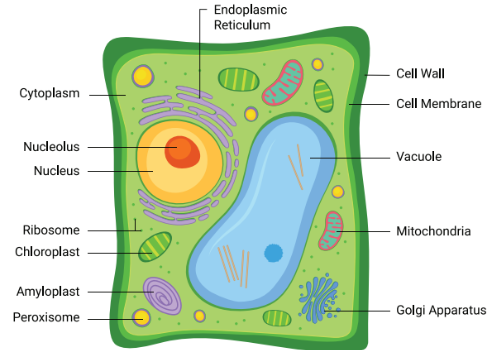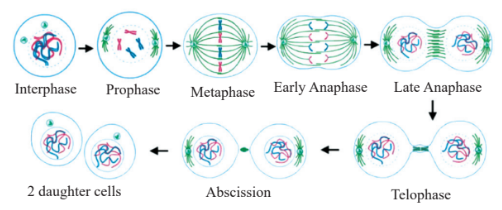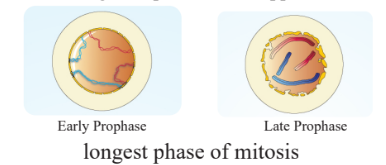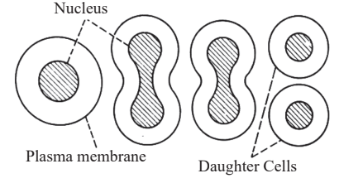
Important Diagrams For Class 11 Botany: The National Eligibility cum Entrance Test (NEET) is a challenging exam in India for students who want to get into medical and dental colleges. NEET Biology has two main parts: Botany and Zoology, each making up half of the NEET Biology syllabus .
Botany, which is the study of plants, is very important for the NEET Biology exam. Doing well in botany is important for a good score on the NEET exam . A big part of studying botany is learning and remembering various Important Diagrams For Class 11 Botany, as these often appear in the exam. NCERT textbooks for Class 11 include many important diagrams that are essential for NEET preparation . These diagrams help students visualize and understand complex ideas, making it easier to remember them during the exam. The article below discusses important diagrams from Chapter 11 Biology and provides tips on how to study them effectively.Important Diagrams For Class 11 Botany
NEET Biology is a key part of the National Eligibility cum Entrance Test (NEET), which helps students get into medical and dental colleges in India. The Biology section is divided into two main parts: Botany and Zoology. Typically, there are 45 questions in Botany, with many based on Class 11 Botany diagrams for NEET, as found in the NCERT textbooks. The following are the important chapters in the Class 11 Botany syllabus that cover important diagrams for the NEET exam:- The Living World
- Biological Classification
- Plant Kingdom
- Morphology of Flowering Plants
- Anatomy of Flowering Plants
- Cell: The Unit of Life
- Cell Cycle and Cell Division
- Chapters in Unit: Plant Physiology
| NEET Chapter wise Weightage | ||
|---|---|---|
| NEET Biology Chapter wise Weightage | NEET Physics Chapter wise Weightage | NEET Chemistry Chapter wise Weightage |
Chapter Wise Class 11 Botany Important Diagrams
NEET aspirants preparing for the exam should concentrate on important diagrams organized by chapter to improve their understanding and potential scores. Diagrams are essential as they simplify complex ideas, making them easier to remember and reproduce during exams. Additionally, diagram-based questions often carry significant marks in the NEET exam, allowing for clear and concise information presentation. The chapters covered include: The Living World, Biological Classification, Plant Kingdom, Morphology of Flowering Plants, Anatomy of Flowering Plants, Cell: The Unit of Life, and Cell Cycle and Cell Division. The Plant Physiology chapters consist of Photosynthesis in Higher Plants, Respiration in Plants, and Plant Growth and Development. By focusing on these chapters and their diagrams, students can ensure they comprehensively cover all essential topics, which will boost their confidence and performance in the NEET exam. Regular practice and revision of these diagrams will aid in better retention and application of biological concepts.Also Check:
Cell The Unit of Life Diagrams
The cell is the smallest unit of life, performing various essential functions. The chapter "Cell: The Unit of Life Diagrams" in Class 11 Botany is improtant for the NEET exam, along with its diagrams. Check the diagrams below:Different Shapes of Cell Diagram
Cells are classified based on their size, shape, and other characteristics. Below are the various shapes of cells:
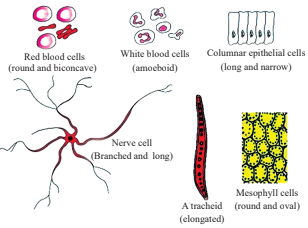 Prokaryotic cell Diagram
Prokaryotic cell Diagram
A prokaryotic cell is a type of cell that doesn't have a true nucleus or membrane-bound organelles. These cells are found in organisms belonging to the Bacteria and Archaea domains. The labeled diagram of a prokaryotic cell is shown below:
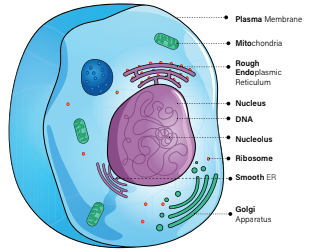 Bacterial cell Diagram
Bacterial cell Diagram
The diagram below shows the structure of a typical bacterial cell. It highlights key components such as the cell membrane, cell wall, cytoplasm, and genetic material.
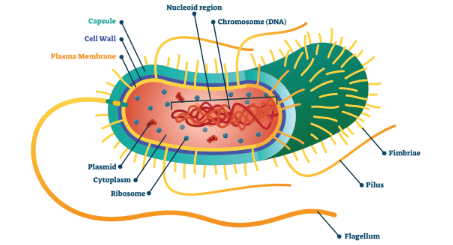 Gram Staining Method Diagram
Gram Staining Method Diagram
The diagram below shows the Gram staining process, which differentiates bacteria into Gram-positive and Gram-negative based on their cell wall structure. Gram-positive bacteria retain the crystal violet stain, while Gram-negative bacteria appear pink due to the counterstain.
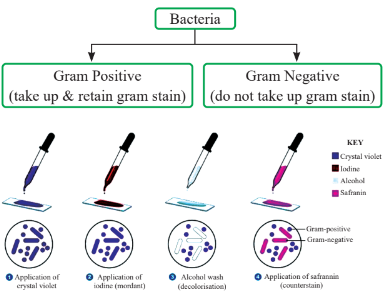 Flagella Diagram
Flagella Diagram
Flagella are commonly found in bacteria, helping them swim or move towards favorable environments. The diagram below shows the structure of a flagellum, a long, whip-like appendage that helps in cell movement.
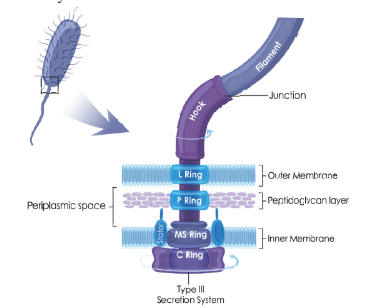 Plant and Animal Cell Diagram
Plant and Animal Cell Diagram
The diagram below highlights the differences between plant and animal cells, showcasing key structures like the cell wall and chloroplasts in plant cells, and centrioles and lysosomes in animal cells. This information is particularly useful for NEET students studying cell biology.
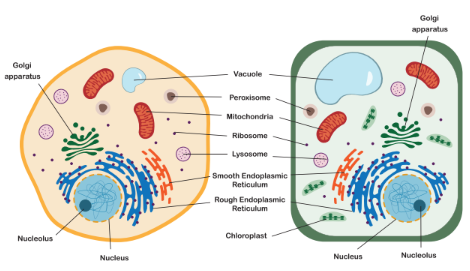 Plasma Membrane Diagram
Plasma Membrane Diagram
The diagram below shows the structure of the plasma membrane, which encloses the cell. It consists of a phospholipid bilayer with proteins that control the movement of substances in and out of the cell.
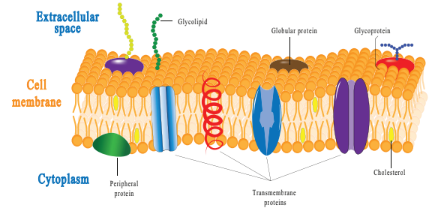 Transport Membrane Diagram
Transport Membrane Diagram
Active transport requires energy to move substances against their concentration gradient, while passive transport allows movement along the gradient without energy use.The diagram below illustrates the transport mechanisms of the membrane, including active and passive transport.
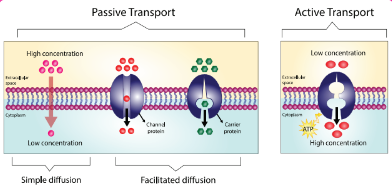 Cell Wall Diagram
Cell Wall Diagram
The diagram below depicts the structure of the cell wall, which provides support and protection to plant cells and helps maintain their shape.
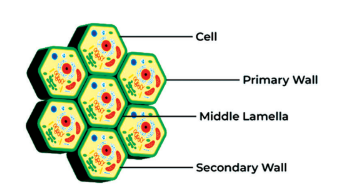 Endoplasmic reticulum Diagram
Endoplasmic reticulum Diagram
The diagram below represents the endoplasmic reticulum, an organelle involved in the production and transport of proteins and lipids throughout the cell.
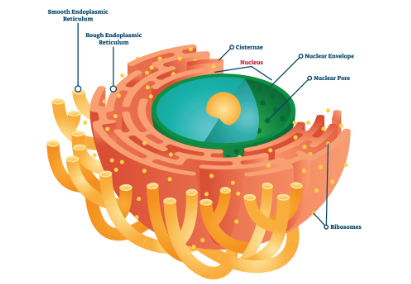 Golgi apparatus Diagram
Golgi apparatus Diagram
The diagram below illustrates the Golgi apparatus, which functions to modify, sort, and package proteins and lipids for export or delivery to other cellular compartments.
 lysosomes Diagram
lysosomes Diagram
The diagram below shows lysosomes, organelles that contain enzymes responsible for digesting waste and cellular debris.
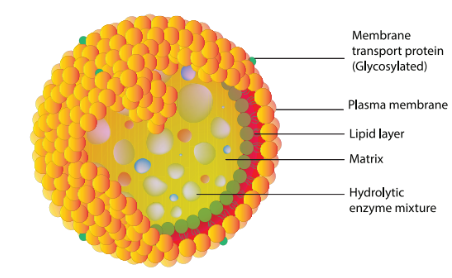 Plant Cell Diagram
Plant Cell Diagram
A plant cell has unique features such as a cell wall, chloroplasts, and a large central vacuole. The diagram below illustrates these important parts that help the cell maintain its shape, carry out photosynthesis, and store nutrients.
Cell Cycle and Cell Division Diagrams
Cell Cycle and Cell Division diagrams are important for the NEET exam because they represent various processes and stages, such as mitosis and meiosis. Understanding these diagrams helps in learning complex steps, and direct questions about these diagrams may appear in the exam.Cell Cycle Diagram
The diagram below illustrates the cell cycle stages, including growth phases, DNA replication, and cell division.Prophase Diagram
The diagram below shows the prophase stage of mitosis, where the chromosomes become visible and the nuclear membrane starts to break down.Amitosis Diagram
The diagram below shows the smitosis, the process of cell division.The Living World Diagrams
The Five Kingdoms Diagram
The diagram below represents the classification of living organisms into the five kingdoms: Monera, Protista, Fungi, Plantae, and Animalia.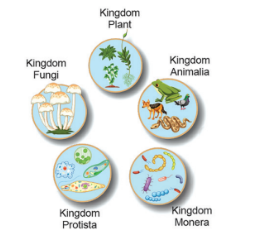
Biological Classification Diagrams
Biological Classification includes several important diagrams, as it covers the three main kingdoms: Monera, Protista, and Fungi. To effectively learn the examples and answer questions in the NEET exam, students must study these key diagrams carefully.Bacteria of Different Shapes Diagram
The diagram below shows the various shapes of bacteria, such as cocci, bacilli, and spirilla.
Nostac Diagram
The diagram below illustrates the structure of Nostoc, a type of cyanobacteria commonly found in freshwater environments.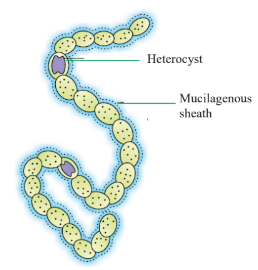
Amoeba Diagram
The diagram below shows the structure of an amoeba, a single-celled organism known for its flexible shape and ability to move using pseudopodia.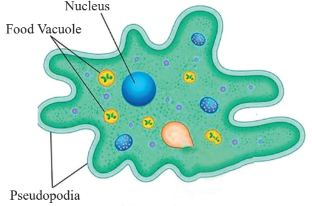
Trypanosoma diagram
The diagram below shows the labeled structure of Trypanosoma, a parasitic protozoan responsible for diseases like sleeping sickness.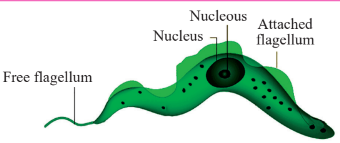
paramoecium diagram
The diagram below shows the structure of Paramoecium, a single-celled organism with cilia that helps it move and feed.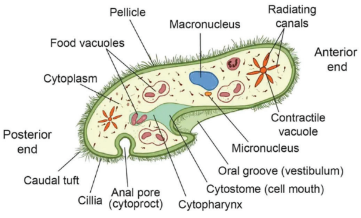
Types of hyphae in fungi diagram
The different types of hyphae in fungi are shown here, including septate hyphae and coenocytic hyphae.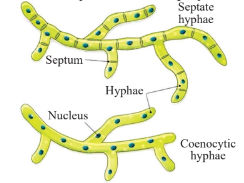
Plant Kingdom Diagrams
Here we have mentioned the important Plant Kingdom Diagrams that can be useful for NEET aspirants:- Subgroups of Kingdom Plantae Diagram
- Different Forms of Algae Diagram
- Fragmentation in Spirogyra Diagram
- Zoospores of Chlamydomonas Diagram
- Green algae Diagram
- Life cycle of Bryophyte (Marchantia) Diagram
- Life cycle of mosses Diagram
- Life Cycle of Pteridophytes Diagram
- Life Cycle of Gymnosperms Diagram
Subgroups of Kingdom Plantae Diagram
Below is the diagram of the Subgroups of Kingdom Plantae:
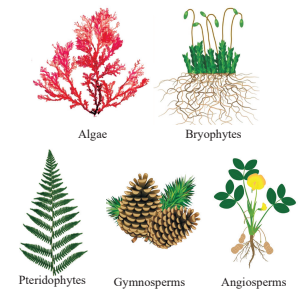
Different Forms of Algae Diagram
Below is the diagram of the Different Forms of Algae:
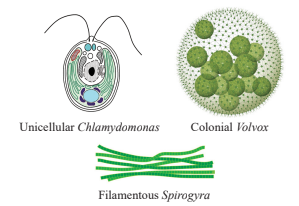
Fragmentation in Spirogyra Diagram
Below is the diagram of the Fragmentation in Spirogyra:
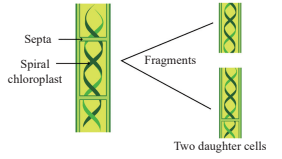
Zoospores of Chlamydomonas Diagram
Below is the diagram of the Zoospores of Chlamydomonas:
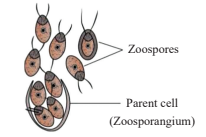
Green algae Diagram
Below is the diagram of the Green algae:

Life cycle of Bryophyte (Marchantia) Diagram
Below is the diagram of the Life cycle of Bryophyte (Marchantia):
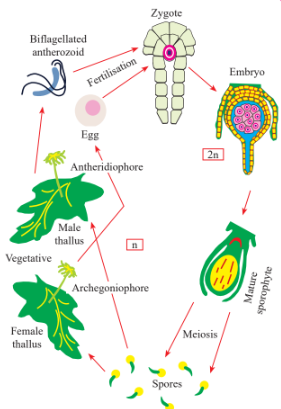
Life cycle of mosses Diagram
Below is the diagram of the Life cycle of mosses:
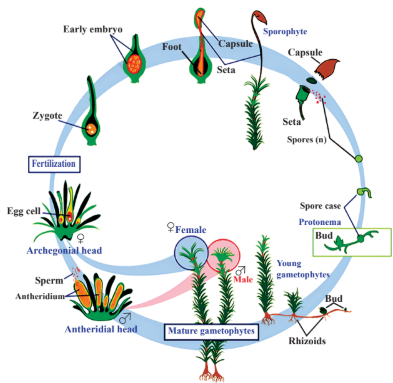
Life Cycle of Pteridophytes Diagram
Below is the diagram of the Life Cycle of Pteridophytes:

Life Cycle of Gymnosperms Diagram
Below is the diagram of the Life Cycle of Gymnosperms:
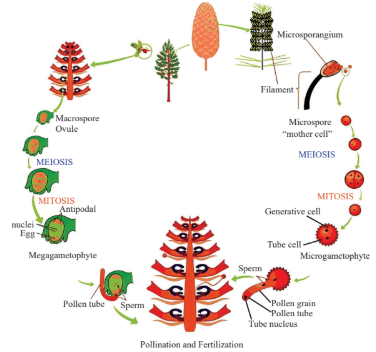
Why Diagrams are Important for Class 11 NEET Biology?
Diagrams are essential in Class 11 NEET Biology for several reasons:- Visual Learning : Diagrams for the NEET exam help visualize complex biological concepts, making them easier to understand and remember. For instance, diagrams of a plant kingdom enhance comprehension.
- Memory Retention : Visual aids are easier to recall during exams. Seeing a diagram creates a mental image that helps retain information for a longer time.
- Exam Preparation : NEET exams often feature questions based on diagrams. Being able to draw and interpret these diagrams can lead to higher scores.
- Concept Clarity : Class 11 Boatny Diagrams simplify complicated processes into manageable steps. For example, understanding photosynthesis or the steps of cell division is easier with step-by-step diagrams.
- Quick Revision : Diagrams provide a fast way to review important topics. Instead of reading lengthy paragraphs, you can quickly glance at a diagram to recall the entire concept.
Tips to Memorize Important Diagrams in Class 11 Botany
NEET aspirants should consistently practice and review diagrams to master the NEET Biology section. The following are the study techniques to enhance understanding and retention of important concepts of NEET Botany.- Use NCERT Textbooks : Begin with NCERT textbooks, as they contain all necessary diagrams. Ensure you understand each diagram and its labels.
- Create a Diagram List : Make a list of all important diagrams organized by chapter. This will help you track what you need to study.
- Practice Drawing : Regularly practice drawing the Important Diagrams For Class 11 Botany. This will improve your memory of the details and enhance your drawing skills, which are important for the exam.
- Label Correctly : Ensure all parts of the diagram are labeled accurately. Incorrect labeling can result in lost marks.
- Use Color Coding : Use different colors to highlight various parts of the diagram. This makes them easier to remember and visually appealing.
- Refer to Multiple Sources : Consult additional reference books or PW online resources for a better understanding of the diagrams.
- Group Study : Studying with friends can enhance learning. You can quiz each other on different diagrams and their components.
- Use Flashcards : Create flashcards with diagrams on one side and labels on the other. This is an effective way to test your knowledge and improve your memory.
Important Diagrams For Class 11 Botany FAQs
Q. What are the important diagrams for Class 11 Biology NCERT?
Ans. Important diagrams include those related to plant structures, cell diagrams, and processes such as photosynthesis and respiration.
Q. What are the important questions in Botany Class 11?
Ans. Important questions often come from chapters like Plant Kingdom, Morphology of Flowering Plants, Anatomy of Flowering Plants, Cell: The Unit of Life, and Photosynthesis.
Q. What are the important diagrams for NEET Biology?
Ans. Essential diagrams for NEET Biology include the human heart, respiratory system, digestive system, nervous system, and plant anatomy such as leaf, stem, and root structures.
Q. How to memorize biology diagrams?
Ans. To memorize biology diagrams, use active recall and spaced repetition techniques. Practice drawing diagrams regularly, label them clearly, and use visual aids to reinforce memory.
Q. Has anyone scored 360 in NEET Biology?
Ans. Yes, several students have achieved a perfect score of 360 in NEET Biology in past exams.
Q. Is Biology tough for NEET?
Ans. Biology is generally considered manageable with consistent effort and understanding. It is often seen as easier compared to Physics and Chemistry.
🔥 Trending Blogs
Talk to a counsellorHave doubts? Our support team will be happy to assist you!

Free Learning Resources
PW Books
Notes (Class 10-12)
PW Study Materials
Notes (Class 6-9)
Ncert Solutions
Govt Exams
Class 6th to 12th Online Courses
Govt Job Exams Courses
UPSC Coaching
Defence Exam Coaching
Gate Exam Coaching
Other Exams
Know about Physics Wallah
Physics Wallah is an Indian edtech platform that provides accessible & comprehensive learning experiences to students from Class 6th to postgraduate level. We also provide extensive NCERT solutions, sample paper, NEET, JEE Mains, BITSAT previous year papers & more such resources to students. Physics Wallah also caters to over 3.5 million registered students and over 78 lakh+ Youtube subscribers with 4.8 rating on its app.
We Stand Out because
We provide students with intensive courses with India’s qualified & experienced faculties & mentors. PW strives to make the learning experience comprehensive and accessible for students of all sections of society. We believe in empowering every single student who couldn't dream of a good career in engineering and medical field earlier.
Our Key Focus Areas
Physics Wallah's main focus is to make the learning experience as economical as possible for all students. With our affordable courses like Lakshya, Udaan and Arjuna and many others, we have been able to provide a platform for lakhs of aspirants. From providing Chemistry, Maths, Physics formula to giving e-books of eminent authors like RD Sharma, RS Aggarwal and Lakhmir Singh, PW focuses on every single student's need for preparation.
What Makes Us Different
Physics Wallah strives to develop a comprehensive pedagogical structure for students, where they get a state-of-the-art learning experience with study material and resources. Apart from catering students preparing for JEE Mains and NEET, PW also provides study material for each state board like Uttar Pradesh, Bihar, and others
Copyright © 2025 Physicswallah Limited All rights reserved.
Get App
